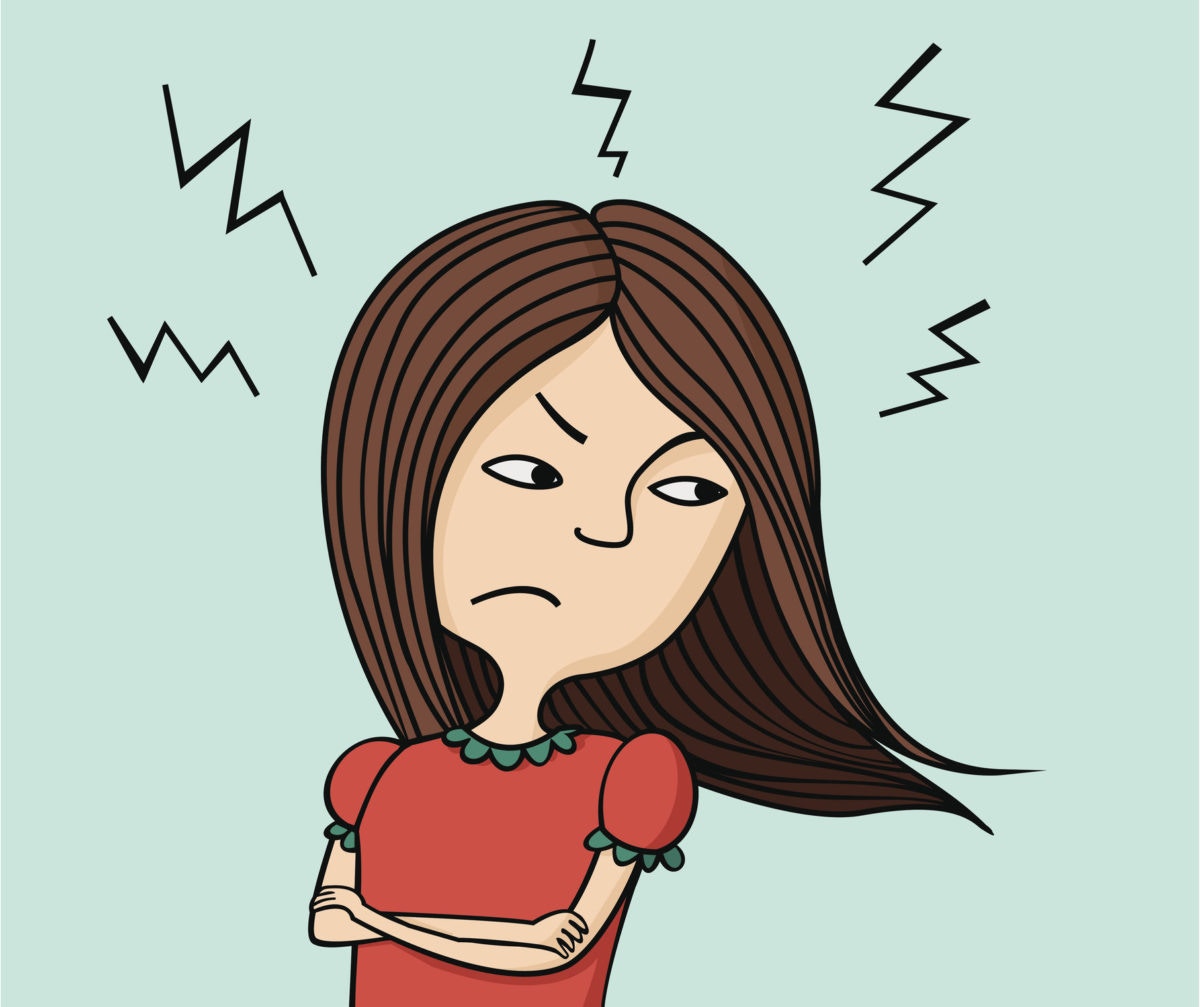We recently visited Legoland for a family vacation and stayed at the new Legoland Hotel. In the evening, the hotel hosts Lego building contests for the kids. To my surprise, many of the boys were running around with guns that they created with Legos. Of all the objects in the world, why did these kids choose to construct guns?
I wondered if this was something they were taught at home or whether there was some instinct in boys that led them to build guns instead of a boat, robot, car, etc. In my home, guns are off limits and my son has never used Legos to make a gun. What was going on here that so many of these boys were running around with Lego guns?

What The Experts Say
I have to be honest, I am pretty shocked by what the experts say about kids playing with toy guns. Essentially, there are no studies linking toy gun play to future violent behavior. In fact, many experts believe that this type of creative play is necessary – and even helpful – for the growth and development of boys.
In a Today’s Parent article, psychologist Joanne Cummings, Director of Knowledge Mobilization at PREVNet – an organization focused on bullying – explained that during the ages between two and six boys typically gravitate toward active play with aggressive themes involving weapons and fighting. A recent survey found that about 60 to 80 percent of boys play with aggressive toys at home, including guns.
This kind of imaginative play helps boys understand role-playing and empathy. They are learning about power in relationships. The idea is that by “killing the bad guys”, they can have some control over their world. If they are not intentionally trying to harm someone else and if everyone is having fun, then playing in this way can teach boys self-control and self-regulation.
Fantasy play with guns is not necessarily aggressive behavior. It has actually been linked to social and cognitive development. Through imaginary games, children learn how to control impulses, delay gratification, think symbolically, view a situation from a different perspective, read other’s facial cues and body language, and relate to others in the group.
Play also allows children to act out their fears and aspirations. Finally, playing with toy guns shows children the difference between real and pretend violence. Gerald Jones points out that several psychologists he interviewed argue that it would be disadvantageous to shelter our children from this type of play because of the lessons that it teaches regarding fantasy versus reality.
It is common for boys to set up scenarios during playtime that involve killing bad guys and saving the world. It may appear negative and violent to us, but these young boys view it as them trying to keep the world safe from the bad guys. According to anthropologist Gregory Bateson’s theory, when children play with toy guns, they do it within a play frame they have created in which a shooting is not really a shooting. Children do not see their own play through the lens that we do. To children, gun play is just play, while to us it can appear scary and violent. But study after study shows that this behavior is normal for this age group, and does not indicate a problem.
Why This Is So Confusing?
After poring over all this research, I still feel leery about my own child playing with guns. Fortunately, my son is past that time frame in which gun play is typical. I still want to understand what the difference is between other countries’ cultures and American culture, where we have a long history of toy guns and wake up every morning to yet another news story about a tragic shooting. Even if boys biologically have an attraction to aggressive play, should we still just sit back and let them have a field day with toy guns when they could be focusing on other, more positive games?
Although my son never owned a toy gun, including a water gun, I have not completely sheltered him from guns such as in the Lego movie. But even though he has watched that movie about 100 times, he still never imitated the shooting activity. What makes him different? Biology? How he was raised? Maybe he is just an anomaly and part of the approximately 20 percent of boys who do not play with guns.
I asked him what he thought and he simply stated, “I know guns hurt people. Why would I want to play with something that is about hurting people? I have no interest in that.”
What Can Parents Do?
Now that you have the facts and know that if your kids play with toy guns it doesn't necessarily mean they will grow up to be violent adults, how will you approach gun play? Here are some guidelines to follow when it comes to toy guns:
Have An Open Dialogue
Talk to your children about how real guns are used and that they can harm people. It is also important to talk to them about how to resolve conflicts in peaceful ways. They need to understand that gun play is make-believe and that in real life we do not fight and hurt others. Instead, we use our words to explain how feel.
Avoid Buying Toys That Look Like Real Guns
Minimize any confusion between toy guns and real guns by only letting your kids play will toys that look nothing like a real gun, such as a neon colored water pistol. Better yet, if they want to play guns, let them create their own with other objects they already have such as popsicle sticks, toilet paper rolls, or building blocks like Legos.
Set boundaries
If they are going to play aggressive games, let them know when they cross the line and need to stop. They need to learn that the game is over when their friend is no longer having fun or when they are hurting someone else. If their actions get out of hand, we need to step in and break it up.
Watch Closely
Give your children the freedom to play, but stay nearby and monitor what they are doing. Also, keep tabs on how much of their play time involves guns and other aggressive behavior. If they want to only play with guns and shoot the bad guys, it is a good idea to step in and help them shift gears to another type of activity.
Teach Your Kids Alternative Ways To Release Their Anger
Realize that guns are not the only way for young boys to express their anger and frustration. Direct them to other avenues, such as sports, running around outside, art, punching a pillow, singing or listening to music that matches their mood, and even shouting or imitating powerful animals like a lion. It is also critical that we give them ways to calm themselves down and to feel more balanced. Teach them deep breathing, mindfulness, and yoga to help them transform their anger into positive energy.
Realize This Is Temporary
Finally, for the majority of boys gun play will just be a stage that they will quickly grow out of. Before you know it, they will be reciting football stats like my son is doing now.
Red Flags To Watch For
Most kids outgrow aggressive gun play behavior by age six, and will then shift their attention to sports. But, what if this is not the case? According to Michael Thompson, Ph.D., a small percentage of boys have truly aggressive behavior that is worth being worried about. These boys have issues controlling their impulses and deciphering between fantasy and reality. They may frequently hit, punch, and bully other kids.
One sign to watch out for is if they do not use their imagination, such as repeating violent scenes in movies over and over again or taking one toy and using it to bash another toy repeatedly. If they are always talking about hurting others and killing bad guys, this is also a red flag. Start to address this behavior by asking them questions about who the bad guys are and why they are bothering him.
Finally, Dr. Stuart Brown, founder of the National Institute for Play and author of "Play: How It Shapes the Brain, Opens the Imagination, and Invigorates the Soul" says to pay attention to how the other children your son is playing with are reacting. If they are wrestling and laughing, that is very different than one boy pinning another one down and the one in the inferior position looking very upset and hurt. If the troubling behavior continues, seek help by talking to your pediatrician or a therapist.





